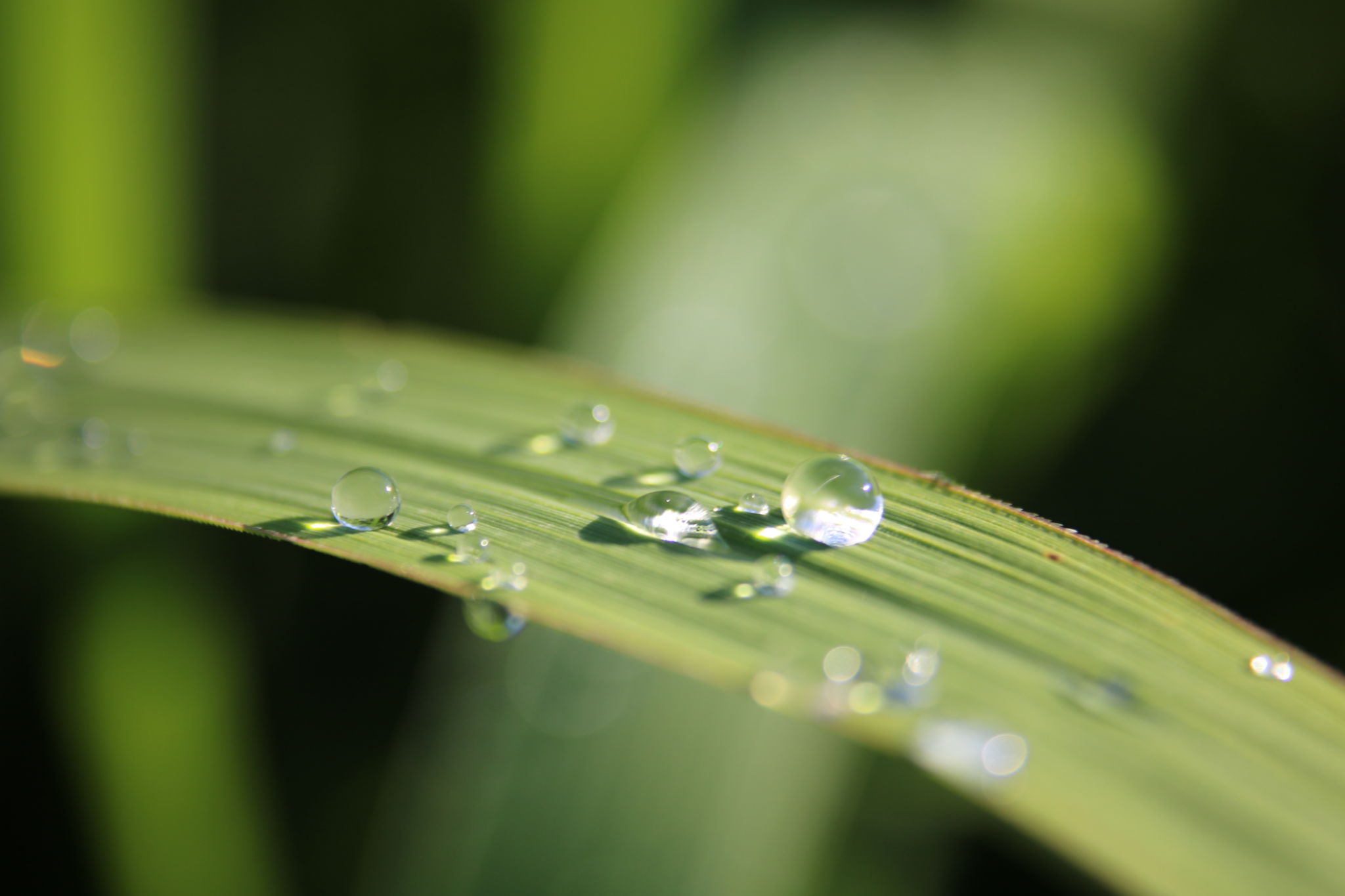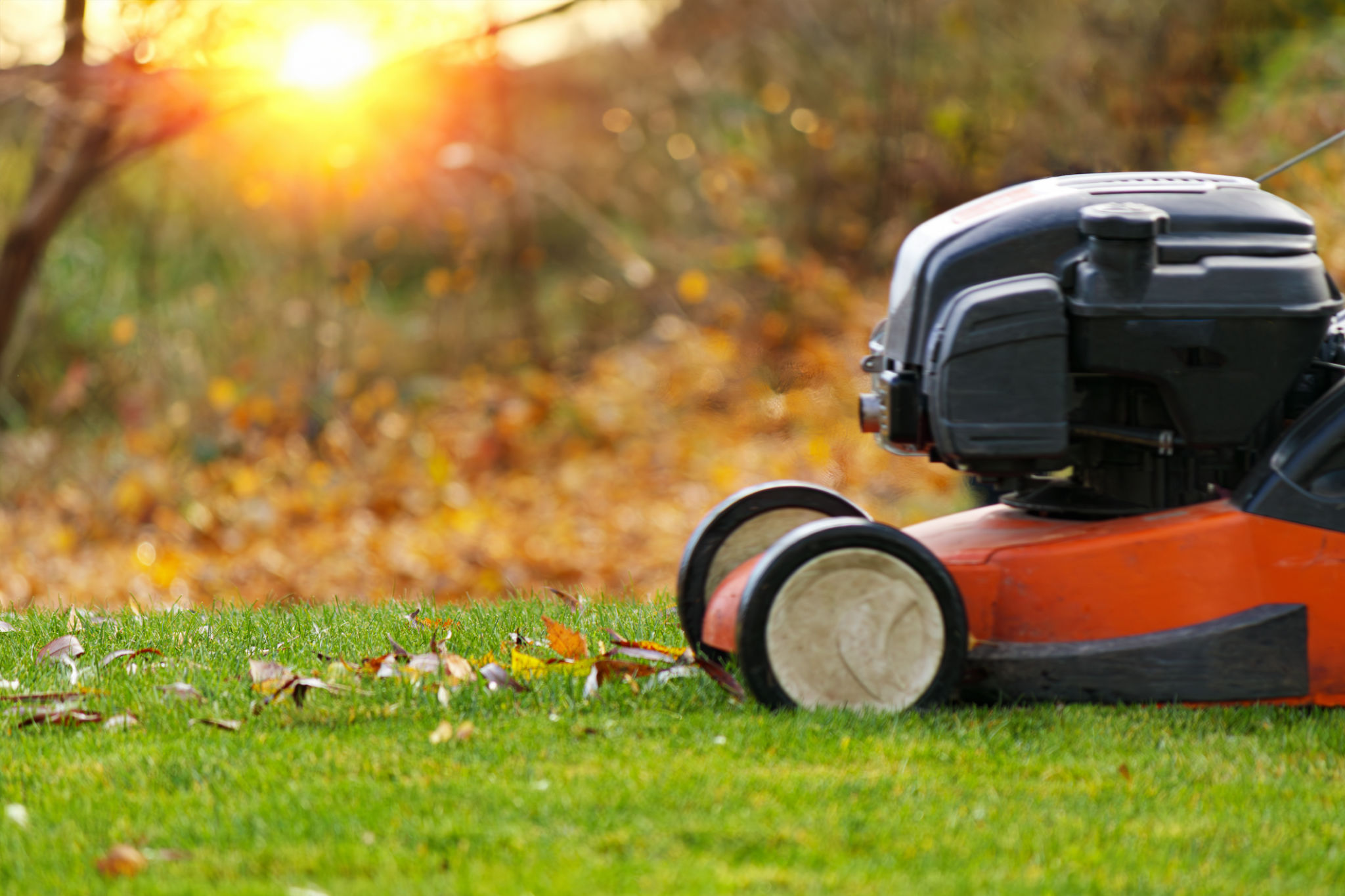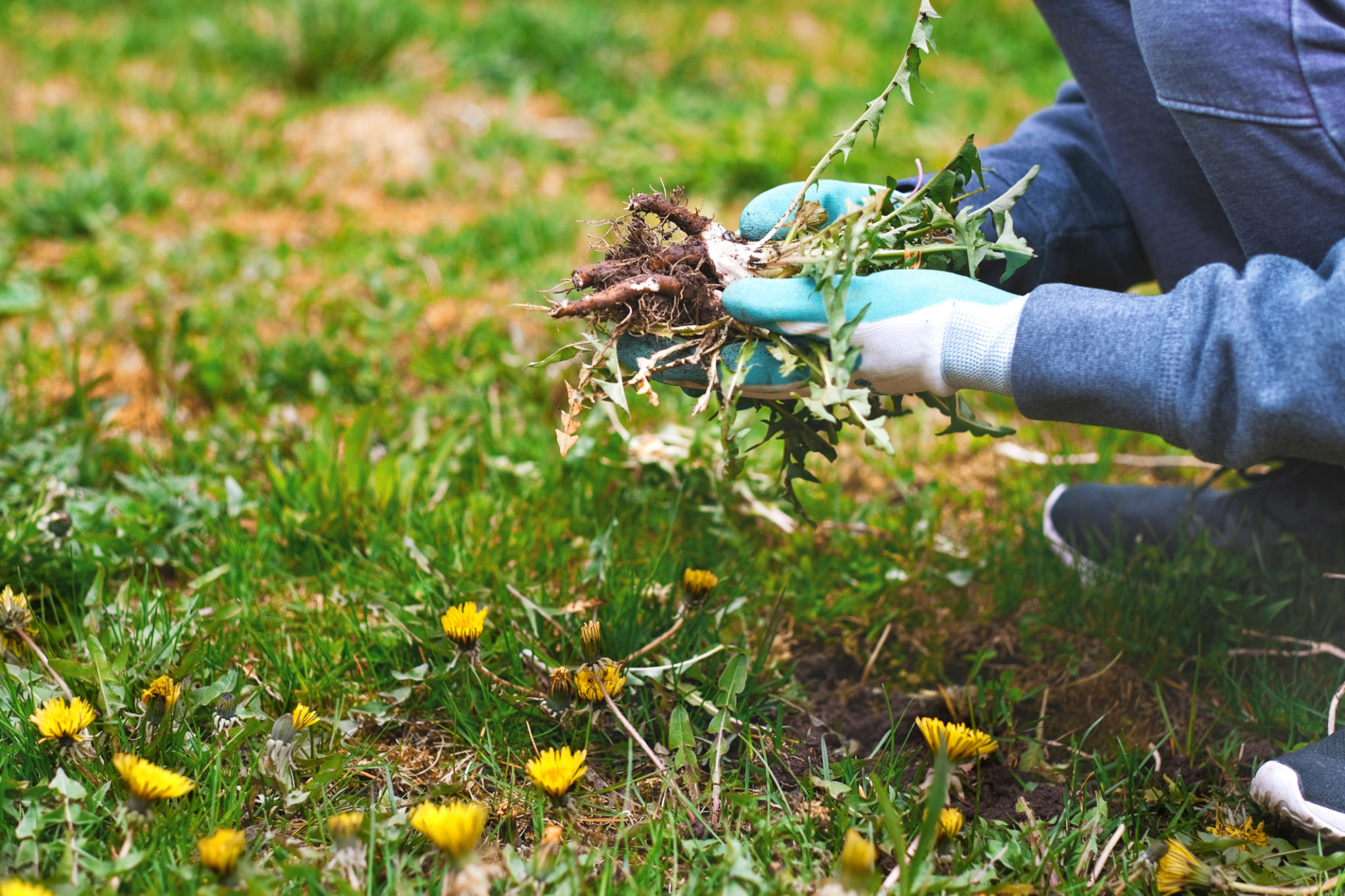Expert Tips for Maintaining a Lush Lawn Year-Round
Start with the Right Grass Type
Maintaining a lush lawn throughout the year begins with selecting the right type of grass for your region. Grass types vary significantly in their tolerance to temperature, sunlight, and moisture levels. For instance, if you live in a warmer climate, Bermuda or St. Augustine grass may be ideal. Conversely, Kentucky Bluegrass or Fescue may thrive better in cooler regions. It's crucial to consider these factors before planting to ensure your lawn remains vibrant and healthy.

Regular Mowing Practices
Regular mowing is essential for a healthy lawn. It helps in keeping the grass at an optimal height, which promotes robust growth and deters weeds. As a rule of thumb, never cut more than one-third of the grass blade's height at once. This practice prevents stress on the grass and encourages a thicker lawn. Adjust your mowing schedule according to the season and growth rate to maintain a neat appearance.
Additionally, ensure your mower blades are sharp, as dull blades can tear grass and create ragged edges that invite pests and diseases.

Watering Wisely
Proper watering is critical to maintaining a lush lawn. Water deeply but infrequently to encourage deep root growth. The best time to water your lawn is early in the morning when temperatures are cooler and winds are calmer, reducing evaporation loss. Most lawns require about one inch of water per week, including rainfall. Use a rain gauge to monitor water levels and adjust your watering schedule accordingly.
Fertilization for Nutrient-Rich Soil
Fertilizing your lawn provides essential nutrients that promote growth and greenness. Apply a balanced fertilizer during the growing season, typically in spring and early fall. Be sure to follow the manufacturer's instructions for application rates and timings to avoid over-fertilization, which can harm the grass and lead to nutrient runoff.

Aerate for Better Soil Health
Aeration is a crucial yet often overlooked aspect of lawn care. This process involves perforating the soil with small holes to allow air, water, and nutrients to penetrate the grassroots. Aeration helps alleviate soil compaction, which can hinder root growth and lead to a thinning lawn. Most lawns benefit from annual aeration, particularly those that endure heavy foot traffic.
Control Weeds Naturally
A lush lawn can be compromised by invasive weeds competing for nutrients, sunlight, and space. Regularly inspect your lawn for weed growth and remove them promptly before they spread. Consider using natural weed control methods such as mulching or applying organic herbicides to minimize chemical usage and maintain a healthy ecosystem in your yard.

Adjust Lawn Care with the Seasons
Different seasons require different lawn care approaches. In spring, focus on removing winter debris and applying pre-emergent herbicides to prevent weed growth. During summer, increase watering and raise mower blades to protect against heat stress. In fall, overseed bare patches and apply fertilizers to prepare for winter dormancy.
If you live in colder climates, protect your lawn in winter by minimizing foot traffic and applying a light layer of mulch or straw to insulate the grass.
Conclusion: Consistency is Key
A consistent lawn care routine is essential for maintaining a lush landscape throughout the year. By selecting the appropriate grass type, adhering to regular mowing and watering schedules, fertilizing effectively, aerating soil, controlling weeds naturally, and adjusting your practices with the seasons, you'll be well on your way to enjoying a beautiful lawn regardless of the time of year.

